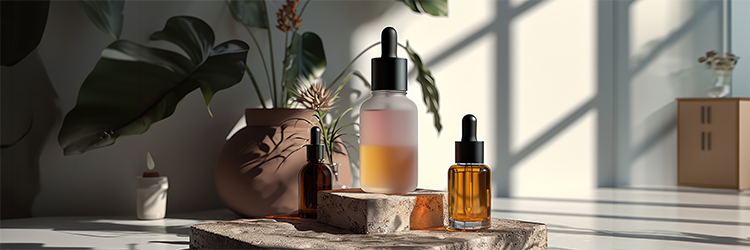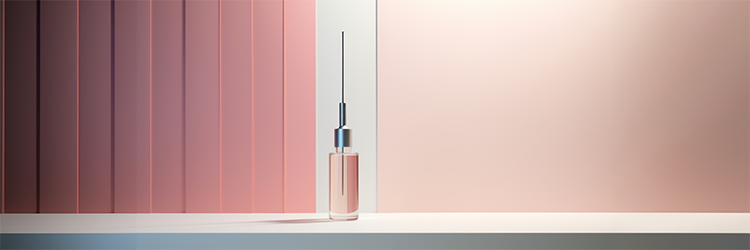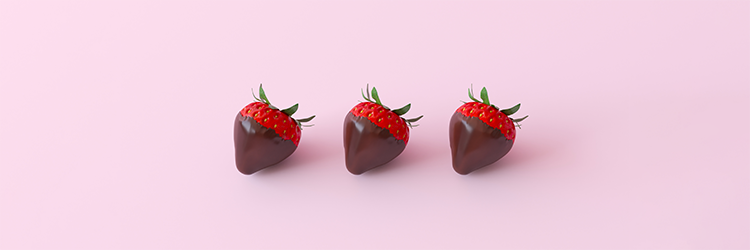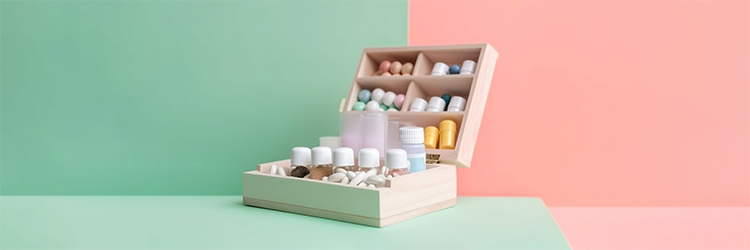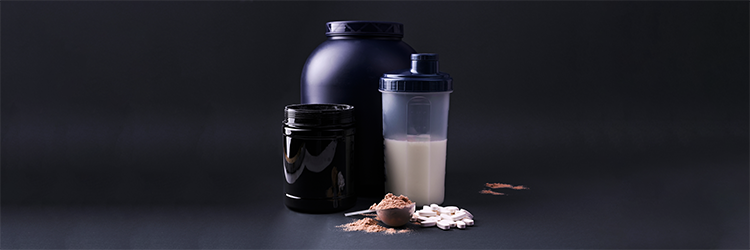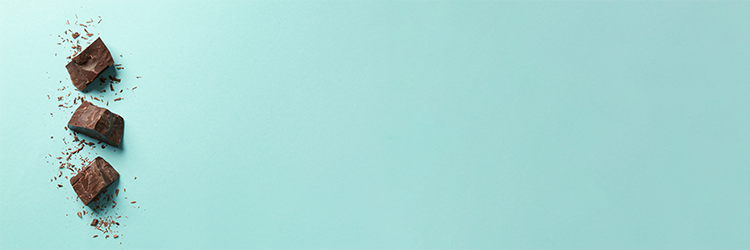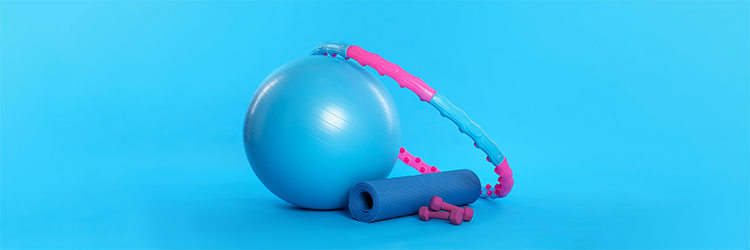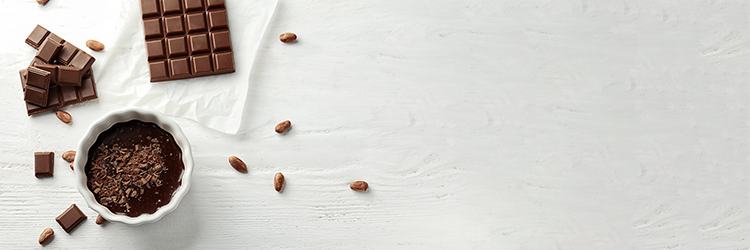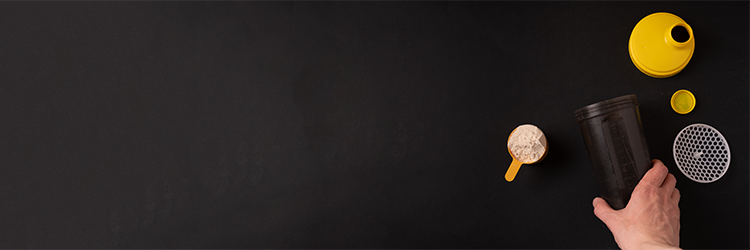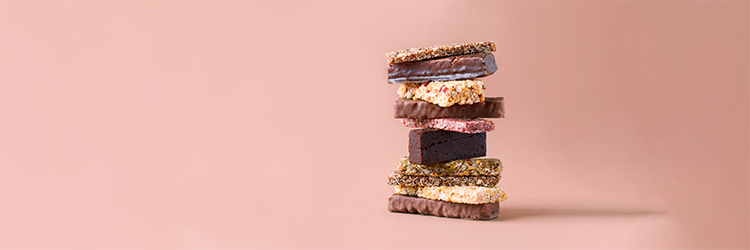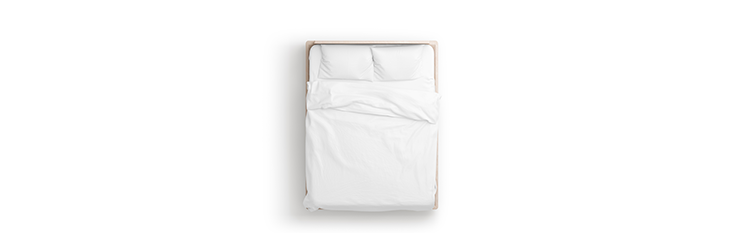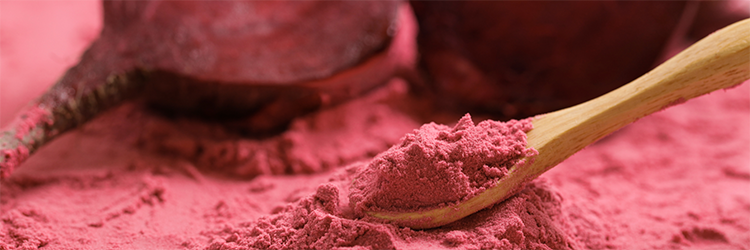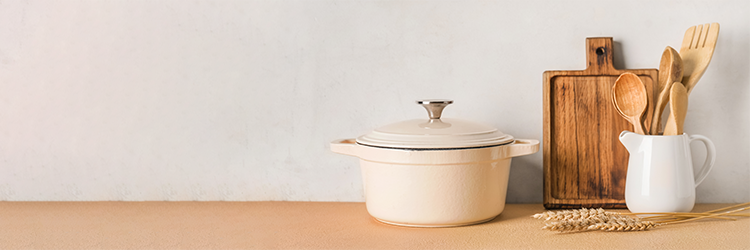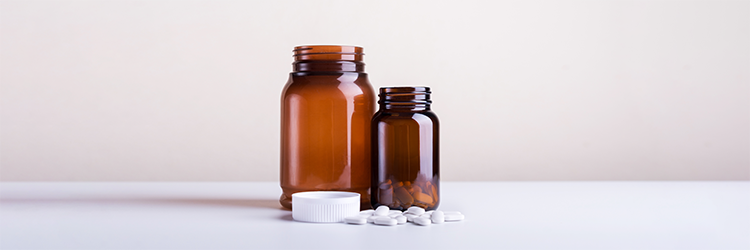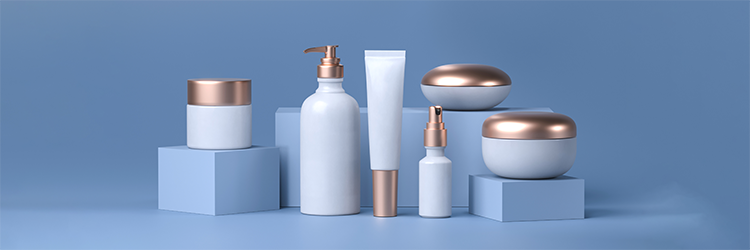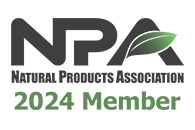
Disclaimer: None of the information in this article constitutes medical advice. All statements are merely the opinion of the writer(s). We recommend that patients follow their doctor’s guidance in regard to medical procedures.
CoolSculpting is a medical procedure with an enticing premise: that using a physical device on the skin can reduce visible fat. This may sound impossible, but the treatment is FDA-cleared for reduction of visible fat bulges.
But is CoolSculpting proven to work in clinical studies? Does it have any side effects or risks? How do real CoolSculpting customers rate and describe their experience? And how does the procedure compare to liposuction in terms of potential fat loss and safety?
In this article we'll answer all of these questions and more, as we review clinical studies on CoolSculpting to determine if the treatment is effective or not.
We'll document potential side effects, feature unsponsored customer reviews, and compare the treatment to liposuction to give our take on which is a better option.
We'll also discuss the cost of CoolSculpting and share a video about a model who claims to have been permanently disfigured by CoolSculpting.
Does CoolSculpting Work?
CoolSculpting's effectiveness for fat reduction has been tested in several clinical trials published in peer-reviewed medical journals, which is the gold standard for health research.
A published in the Dermatologic Therapy journal tested the device on 28 middle-aged patients. Researchers found that skinfold thickness decreased significantly (40%), and there were no major side effects.
It's unclear to us from this study whether fat was truly eliminated or if it was just transferred elsewhere on the body, because no body composition data was collected. However, the study authors described a "significant improvement in body contour."
It’s also important to note that one of the study authors is a paid consultant to Allergan, the company which manufactures CoolSculpting devices. This adds potential bias to the study and makes the results weaker in our opinion.
A published in the Plastic and Reconstructive Surgery journal analyzed the results from 19 clinical trials on cryolipolysis, which is the technology underpinning CoolSculpting.
The study authors found cryolipolysis to be a “promising procedure for nonsurgical fat reduction and body contouring.”
One of the authors of this meta-review is a consultant for the manufacturer of CoolSculpting, but the other four aren’t, so we see this study as having less potential bias than the previously-cited one.
A 2014 found that manual massage immediately following CoolSculpting treatment made the treatment more effective for fat loss.
The sites on the body which received targeted massage therapy post-treatment had a fat layer that was 68% reduced compared to sites which received CoolSculpting treatment without massage. This study had no potential funding bias.
Overall, we consider CoolSculpting to be a promising treatment and to be likely effective for fat reduction.
We don’t currently recommend CoolSculpting for two reasons:
- The research is too early-stage. There aren’t enough unsponsored studies on CoolSculpting proving it’s effective for us to recommend such a novel therapy. There is also a lack of standardization of the application of the underlying technology, cryolipolysis. In the meta-review linked above, researchers tested the device across a wide range of time frames, and a wide range of body parts.
- The medical community doesn't yet understand exactly how it works. The researchers in the above-cited meta-review stated “the mechanisms of fat reduction are not entirely understood." We believe that without a clear understanding of exactly what’s occurring biologically, it’s not yet time to recommend a treatment (even a promising one) to patients.
Real People Try CoolSculpting
A YouTube creator and health influencer named Abbey Sharp claims to have had a "botched" CoolSculpting experience, and describes the procedure as a "nightmare:"
A YouTube creator named Amanda Castillo has a CoolSculpting treatment vlog that includes before-and-after images and has over 350,000 views:
Does CoolSculpting Cause Side Effects?
CoolSculpting has a favorable side effect profile in our opinion. The risk of serious adverse effects seems to be relatively low.
The meta-study we cited in the previous section analyzed data from hundreds of patients and found there to be "only mild, short-term side effects" such as reddening of the skin, swelling and pain. The majority of patients experienced no side effects at all.
The CoolSculpting website states the following in fine print at the bottom of the page, in regard to the risk of serious side effects:
"Rare side effects may happen in 1 to 10 out of 10,000 CoolSculpting® and CoolSculpting® Elite treatments (between 0.01% to 0.1%). One such rare side effect is a visible enlargement in the treated area, which may develop 2 to 5 months after treatment, will not resolve on its own, and may require surgical intervention for correction."
CoolSculpting Gone Wrong
While we haven't come across much medical evidence of severe CoolSculpting side effects, a model named Linda Evangelista claims that the treatment left her disfigured.
In a YouTube video with over 240,000 views, a plastic surgeon explains what may have gone wrong:
How Does CoolSculpting Work?
As described in a on cryolipolysis, extremely cold temperatures (-5° C) directly applied to targeted zones on the body creates a localized inflammatory response which causes apoptosis (programmed death) of fat cells.
It’s unclear from a thermodynamic perspective exactly what’s occurring, but early research suggests that this process does not elevate cholesterol in the body or damage the liver.
More research is needed to determine optimal treatment frequency, and whether there are other areas of the body that can be successfully treated with CoolSculpting.
According to the brand's explainer page, CoolSculpting can reduce fat in nine different treatment sites: under the jawline, under the chin, the upper arms, back fat, bra fat, the flank area ("love handles"), abdomen, thighs, and under the buttocks ("banana roll").
CoolSculpting vs. Liposuction
Liposuction (lipo) is one of the most common surgical treatments for fat reduction. It's more invasive than CoolSculpting because it involves tubing, penetration of skin and mechanical removal of fat.
A on the side effects of lipo, published in the Aesthetic Surgery Journal, reported the rate of minor side effects to be 11.62% and the rate of major surgical complications like pulmonary embolism and deep vein thrombosis to be 3.35%.
As we documented in our Sono Bello reviews article, lipo can also cause blood loss significant enough to require a blood transfusion in rare cases.
Lipo can remove significant quantities of fat in one single treatment, so it may be a more effective option for obese patients.
CoolSculpting is a more minor, non-invasive approach that's typically used for body contouring and slight aesthetic improvements rather than the removal of a significant percentage of body fat.
We consider CoolSculpting to have a superior safety profile to lipo, and to be a better option for "body contouring."
There is no data we can locate on severe side effects of CoolSculpting, while lipo can cause severe side effects, including death.
How Much Does CoolSculpting Cost?
CoolSculpting costs an average of $3,200 according to the brand's website.
It's unclear to us whether that's the total price or the price per-procedure, because for both CoolSculpting and CoolSculpting Elite, the brand states that "two or more treatment sessions are recommended."
We urge CoolSculpting to clarify whether this cost figure represents total cost or per-treatment cost.
Because CoolSculpting is an aesthetic and not a functional procedure, it's unlikely to be covered by health insurance in the US. However, it can never hurt to check with your insurer, and we would certainly recommend that prospective CoolSculpting patients do so.
An argument can certainly be made that reducing fat levels in overweight patients improves overall health, and obesity is a medical condition.
CoolSculpting has a Cost Savings page on their website that customers can check for discounted offers.
Our Clean Weight Loss PicksWe receive compensation when readers purchase the products or services we recommend.

Ceylon cinnamon was described as "an effective anti-obesity agent" in a 2022 . The study authors concluded that effects were greater at doses at or over 3 grams daily.
Illuminate Labs Ceylon Cinnamon Extract is our standardized Ceylon cinnamon supplement which is third-party tested to ensure purity and potency.
Dietary fiber was shown in a published in The Journal of Nutrition to cause 16 pounds of weight loss in 6 months when combined with moderate caloric restriction (750 calories per day below baseline).
MBG Organic Fiber Potency+ is our top fiber pick because it's certified organic, provides 7 g of fiber per serving and costs under $1.85 per serving at the time of updating this article.
Both of the products mentioned in this section are entirely free of additive ingredients that we consider to be unhealthy.
Pros and Cons of CoolSculpting
Here are the pros and cons of CoolSculpting in our opinion:
Pros:
- Clinically shown to remove fat
- Clinically shown to improve body contour
- Appears safer than lipo
- Unlikely to cause serious side effects
- Non-invasive
Cons:
- Expensive
- Some customers complain of disfigurement
- Unlikely to be covered by health insurance
- May cause minor, temporary side effects
- Seems unlikely to be effective for large quantities of fat loss








































































